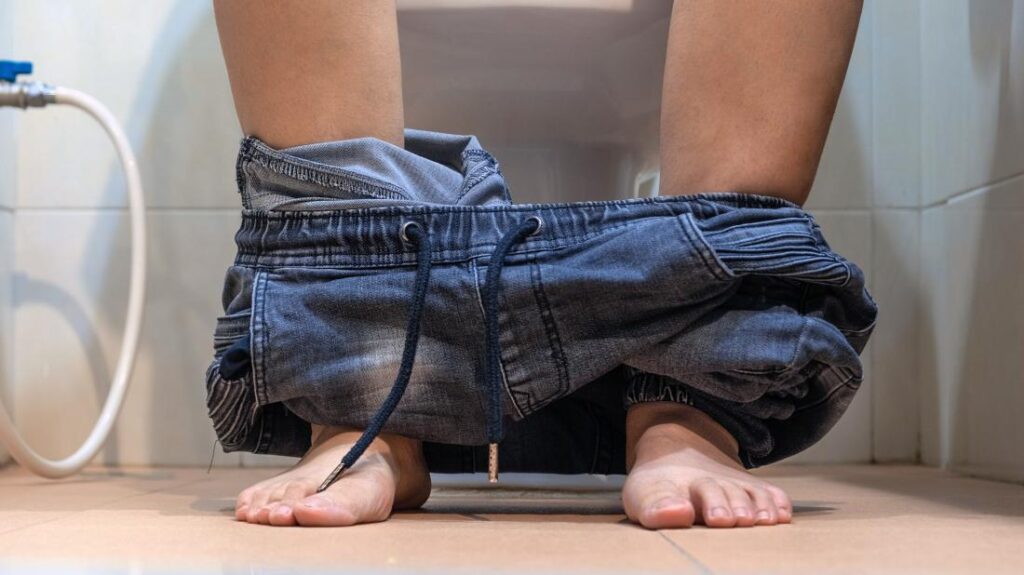Treatments For an Overactive Bladder
Having an overactive bladder is a symptom that may affect many people. It can also cause discomfort during sex and interfere with social and work life. The symptoms can be triggered by medications, nerve damage, and a range of other conditions.
There are several treatments for an overactive bladder. These include medication, surgery, and nerve stimulation. In addition, a healthy diet and physical activity can help improve symptoms. You can learn more about these treatments by talking with your doctor.
When treating an overactive bladder, your healthcare provider will first determine the cause of your symptoms. This is usually done with a physical exam and questions about your symptoms. The doctor will also perform a urinalysis, which can help rule out other possible causes. A urine analysis can also reveal whether you have an infection or blood in your urine. If blood is found, the doctor will need to do more testing.

If an infection is found, treatment may include antibiotics or other medications. If your symptoms are not relieved by these medications, your doctor may recommend surgery. This surgery can enlarge your bladder or even remove it completely. Surgery is not typically used for serious cases of OAB, but it may be necessary in some cases.
There are also treatments for an overactive bladder that focus on prevention. These treatments may include bladder relaxants, bladder stimulation, and behavioral interventions. These treatments are usually administered by an office-based procedure or in an outpatient setting.
A bladder relaxant may be taken by mouth or put on a transdermal patch. Other options include injections of Botulinum toxin, a drug that relaxes bladder muscles. These injections can also be done in an office-based procedure.
Other treatment options for overactive bladder include biofeedback, which uses computer graphs to track the movement of muscle fibers. It may also be a good idea to keep a bladder diary, which can help you record your urinating habits throughout the day. It can also help you identify foods that may trigger your symptoms. Avoiding foods that trigger your symptoms can help you improve your condition.
Physical exercise can also help with bladder problems. You may want to start with targeted exercises that are designed to help you manage your urinary problems. You may also want to consider taking certain essential oils, which are thought to help calm nerves.
Acupuncture is another treatment option. The procedure involves placing fine-tipped needles in various parts of your body. According to research, acupuncture can improve symptoms by reestablishing the flow of energy. Acupuncture can also help relax your bladder muscles. It can be a good treatment option for people who are unable to manage their symptoms with other treatments.
If surgery is necessary, your doctor will examine your bladder and pelvic region and perform a physical exam. Your doctor may also check your bladder emptying using a catheter or small ultrasound. A cystoscopy may also be used to look inside the bladder.

